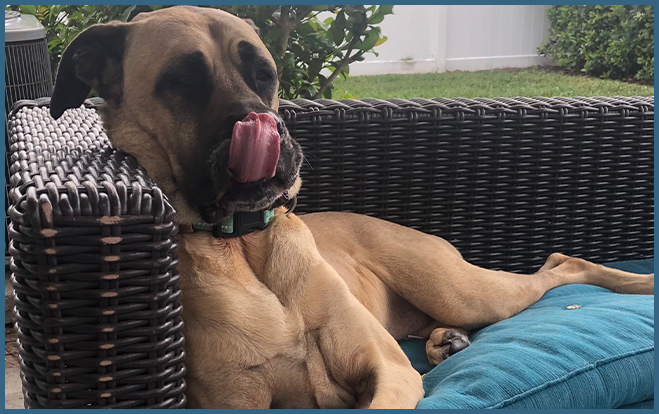 Sitting with me is a great place to start.
Sitting with me is a great place to start.
Your world is fast-paced and chaotic at times. There isn’t time to sit with someone who can be there to listen.
Our friends and family mean well, but sometimes, they try to fix or compare our situation with their ways of improving things. Unfortunately, this advice is not what we need.
It would help if you had a place to slow down and unpack your experience with someone safe and kind.
It’s time to tell your story!
Every life is a story that deserves telling.
As you tell your story in therapy with me, different themes and patterns will emerge over time. Some of these patterns resonate as part of your true Self, and some can create pain that takes away from who you are and who you want to be.
In therapy, we will explore the problematic parts of your story, which go beyond just talking.
Modalities like EMDR and Internal Family Systems (IFS) can allow you to release burdens stored in the brain and body on a much deeper level.
The feeling of relief can be life-changing.
Get closer to your true Self.
As burdens of trauma and neglect are released, you will see life differently.
The negative programming (I am not enough; I am too much) will fall away, and you can rewrite parts of your story to get closer to your true Self.
There are clues that we are getting closer to Self.
Dr. Richard Schwartz, founder of IFS Therapy, calls these clues the 8 Cs of Self. They include Calmness, Curiosity, Clarity, Compassion, Confidence, Courage, Creativity, and Connectedness.
 Let the Sunlight in.
Let the Sunlight in.
As you get closer to your true Self, a powerful energy arises. This energy has been called different things (Self-energy, Chi, Soul). I love the term generative drive.
Most of us have this positive energy inside of us, but it gets covered over by trauma, neglect, and the weight of all the coping strategies and defenses that we need to use to manage the painful stuff.
I like to use the garden metaphor to explain my view of therapy. We remove the weeds at the root so the sunlight can nourish our natural growth potential.
About Me
 My Story
My Story
Before becoming a therapist, I was a General Contractor who built custom houses in Fairfield County, Connecticut.
One of the pivotal moments in my life came when I was sitting outside having lunch with a Portuguese mason named Antonio and his crew. It was a freezing day, so we had built a fire in a barrel to warm ourselves. I could only think about how cold I was, but Tony suddenly swept his arm through the smoke and excitedly said, “I was born for this work.”
After Tony said that, we all admired the beautiful masonry work he had created from a pile of brick and stone. I realized that I liked my job but would never be a master craftsman like Tony without the drive and purpose he had. He didn’t feel the cold like I did because he focused on his craft!
I wanted to feel the pride that Tony felt. I needed to find what I was born to do! Fast forward a few years, and through a series of fortunate events, I found myself in graduate school at Stetson University, completing my Master of Mental Health Counseling.
It’s been eight years since I started my journey as a therapist, and I can honestly say, “I was born for this work.” Thanks, Tony!
 What kind of therapist am I?
What kind of therapist am I?
I’m neurodivergent, which means that I have all sorts of quirks. For example, I’m super awkward when it comes to big groups, and I am bad at small talk.
The flip side is that I have a gift for connecting with people one-on-one. Many of my clients have commented that they feel safe with me. Bringing this sense of safety to the therapy room is my most important gift because you cannot learn it from a book.
I’m also obsessive about learning (from books, trainings, podcasts, other therapists, etc.). I have an insatiable curiosity about how to do my work well. That’s why I gravitated to systems-based, experiential approaches like EMDR and IFS – they work!
Every client I see is different, and it’s necessary to be a lifetime learner to make an effective custom treatment plan for each client.
Outside of work, family is a big part of my life.
I like to read, walk, and fish when not doing therapy.
My greatest joy and biggest priority is my family. I have been married to my wife Alicia for 16 years, and we have two young sons whom we adore.
Last year, we adopted a seven-year-old Mastiff named Lana. She was in rough shape when we rescued her, but she’s thriving now (see picture below)!


